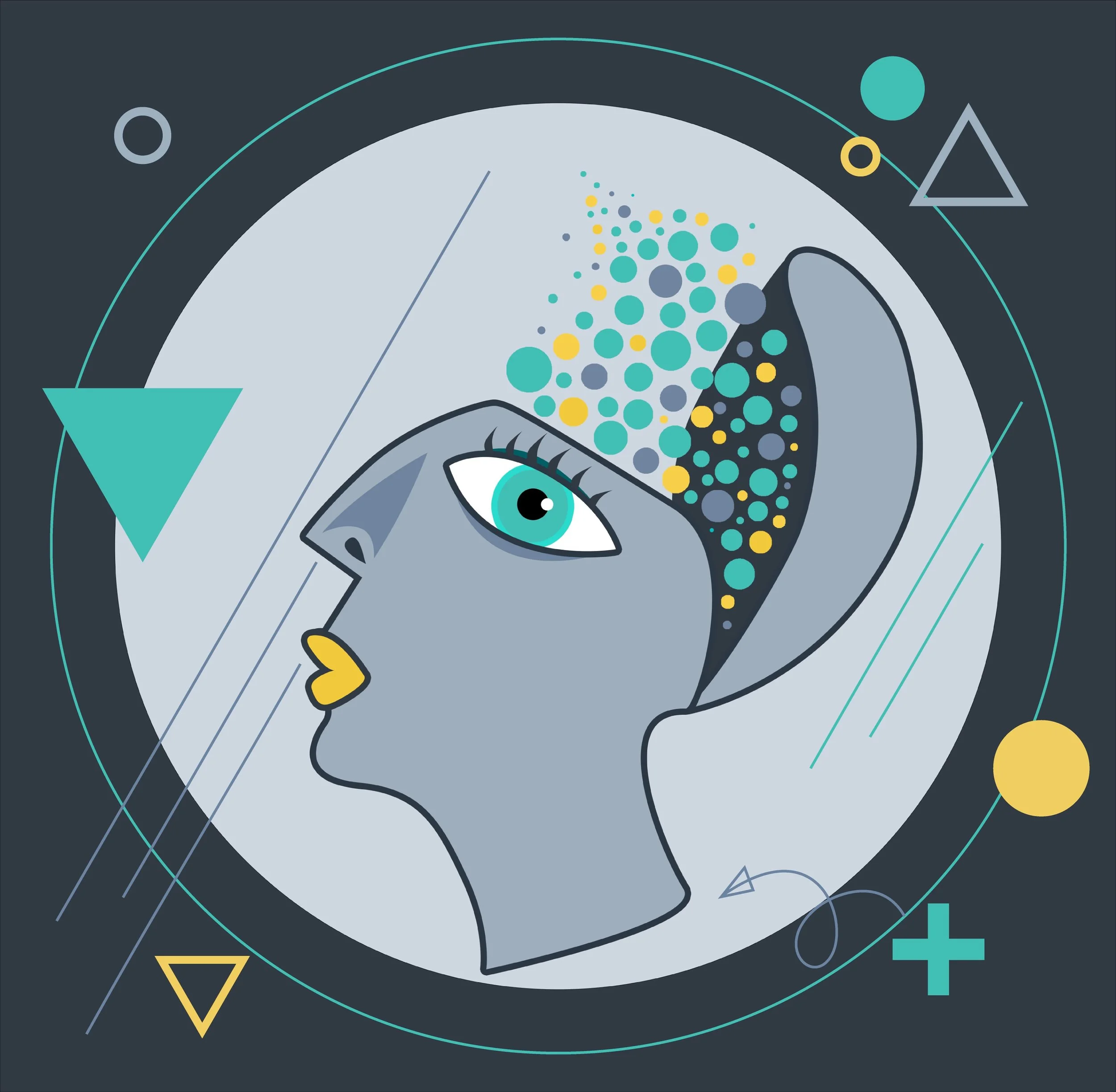What is Behavioural Science AI: Thinking Unlocked
By Let’s Think
In Part 2 of our Behavioural Science AI explainer series, we explore how this novel technology unlocks the hidden knowledge that makes experts exceptional, on an unprecedented scale.
Image by Becky Stevens
Behavioural Science AI is a new application of artificial intelligence (AI) that combines behavioural science methodologies with generative AI (GenAI) and analytical technologies.
At first glance, this might not seem like an obvious pairing. Behavioural science is about understanding what people do and why. AI is about building computer systems that act “intelligently” by learning from existing information. The exciting thing is that when these two areas come together, the overlap gives rise to innovation and scale that neither field could achieve alone.
“We are at the intersection between generative AI and the science of understanding human expertise.”
Wendy Jephson, CEO and Co-founder, Let’s Think
To understand how this works, it's helpful to look at the underlying technology. Behavioural Science AI is underpinned by a foundational model which has been trained by Let’s Think’s team using a wealth of behavioural science frameworks and methodologies. This means it has all the creative and analytical power of domain-general GenAI, but with a crucial difference: it's designed from the ground up to work in harmony with the ways people actually think and behave. This is what allows it to elicit, decode, scaffold, and map the complex thought processes that underpin decision making.
Applying behavioural science to AI unlocks a whole new set of possibilities for supporting complex knowledge work that were never before possible. Think beyond the automation of routine tasks: what if AI didn’t just give you the answers? What if instead of replacing your thinking, it helped you understand it more clearly, and share it more easily?
Because the challenge is, a lot of the most valuable thinking that happens in our organisations isn’t written down anywhere.
Unlocking Tacit Knowledge
And this is exactly where every knowledge-intensive organisation is stuck: how do you leverage expertise when the most valuable insights are locked in experts' minds, and junior staff need access to that knowledge to develop their skills?
As we explored in Part 1, much of expert decision-making relies on tacit knowledge: the deep, intuitive understanding and pattern-recognition processes that are difficult to articulate but critical for high-stakes decisions. Yet, to understand how complex thinking can be supported and elevated by AI, we need to know what exactly is going on in professionals’ heads: no easy task.
It used to be that the best way to do this was to rely on skilled behavioural scientists who had mastered the art of drawing out expert knowledge. In fact, by combining different evidence-based behavioural science approaches, behavioural scientists have been able to elicit and analyse knowledge in various professional contexts.
"How experts make decisions is usually not obvious to the expert themselves… techniques developed in the Behavioural Sciences can help extract this ’tacit’ knowledge from experts and discover exactly what it is they do and know that makes them so good at what they do."
Anna Leslie, Chief Scientific Officer and Co-founder, Let’s Think
However, this approach required time-consuming one-to-one interviews followed by hours of manual processing and analysis, making it resource-intensive, and difficult to scale. What’s more, there are simply not enough behavioural scientists to meet the growing demand for this expertise.
Behavioural Science at Scale
Thanks to cutting-edge technological advances, Behavioural Science AI can now surface this expertise at scale. A model trained to function like an expert behavioural scientist can adaptively navigate unique contexts and communicate with users in natural language, turning the deeply human, expert-driven process of knowledge elicitation and sharing into an intuitive and effective digital experience.
The technology works by applying the same evidence-based methodologies that trained behavioural scientists use, but at unprecedented speed and scale. Instead of lengthy interview processes, the AI can engage with experts and juniors through natural dialogue to systematically pull out, organise, and share that hard-to-explain knowledge in real-time.
This means organisations can tap into behavioural science expertise and opens the door to rethink how AI fits into professional work. We can move beyond simple task automation to understanding and enhancing human expertise and critical thinking.
Enhance Not Replace Thinking
An important thing about Behavioural Science AI is that it doesn't seek to replace people and automate away jobs, but instead to enhance the value that professionals offer, by understanding how they really think, working seamlessly with their natural decision-making to amplify their value.
This opens up some exciting possibilities for promoting reflective thinking, professional development, performance improvement and team dynamics. For example, we can integrate Behavioural Science AI into systems that help juniors learn from experts, preserve valuable knowledge before it walks out the door, and enhance critical thinking across teams.
The Future of Thinking™ Starts Here
Behavioural Science AI is changing how we can reflect, refine, and share knowledge and insights that would have previously remained hidden - transforming how we develop and apply expertise across industries.
The key here is that it accomplishes two things: it enhances how people think, whilst championing, not replacing, the professionals it is designed to support. In this new framework, AI becomes a thinking partner and knowledge amplifier.
With behavioural science leading the way, we’re not just making work more efficient, we're enhancing human cognition, fundamentally reshaping The Future of Thinking™.
Stay in the loop with Behavioural Science AI breakthroughs and insights by subscribing to our newsletter.

